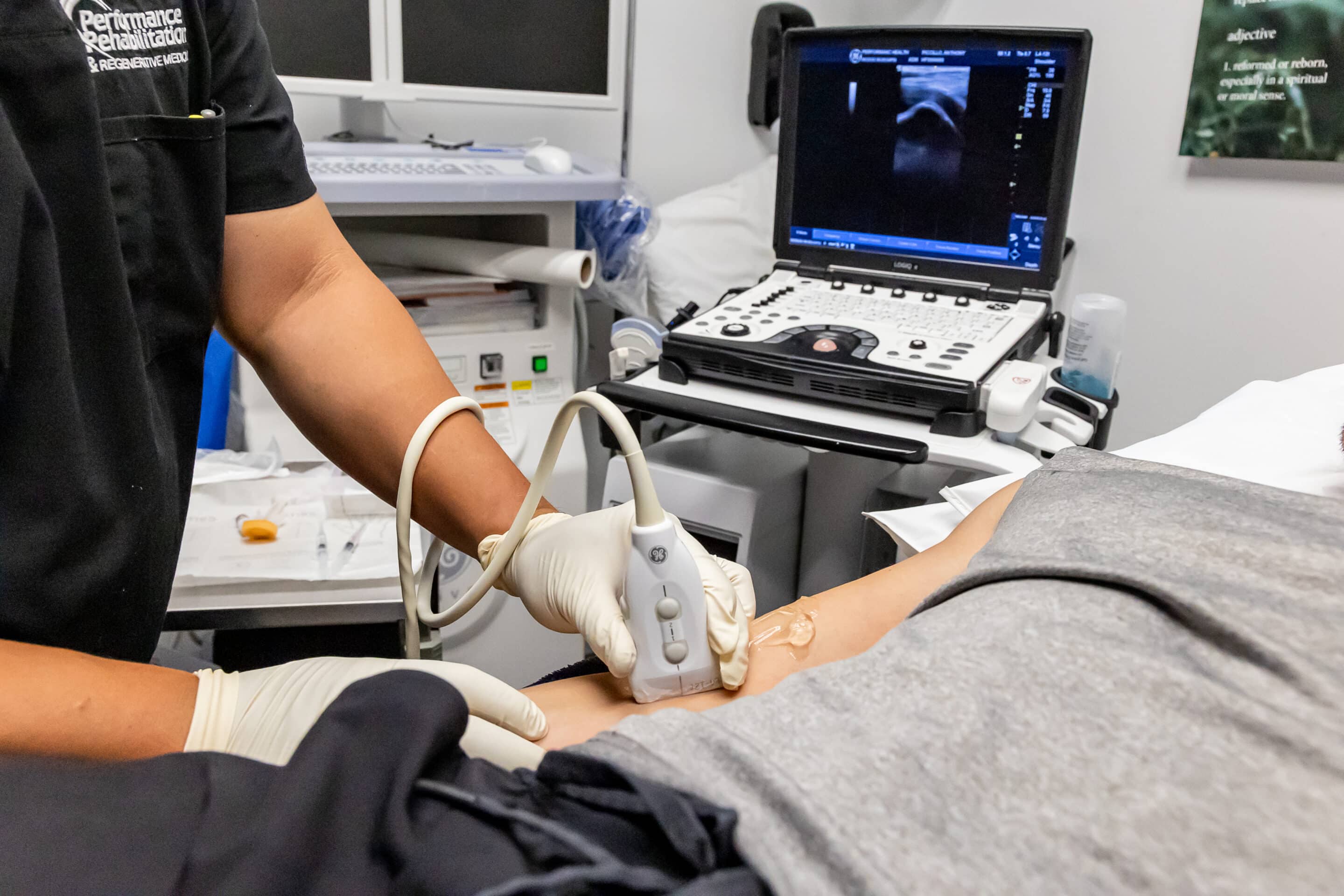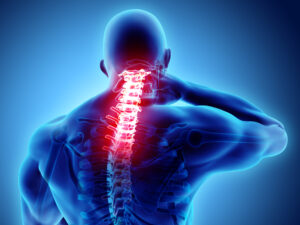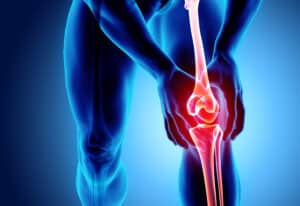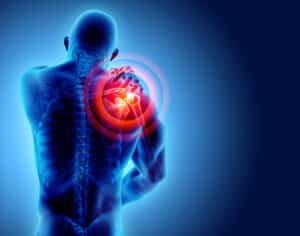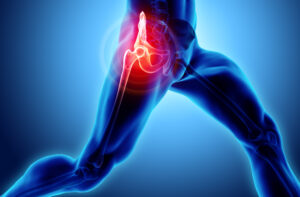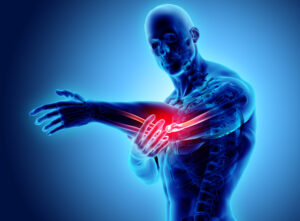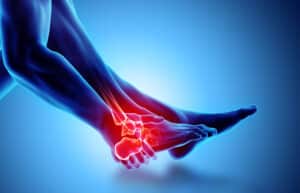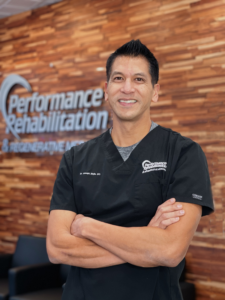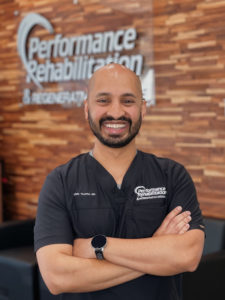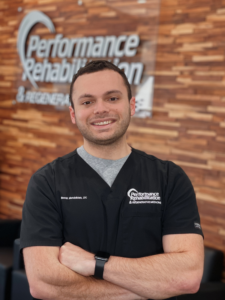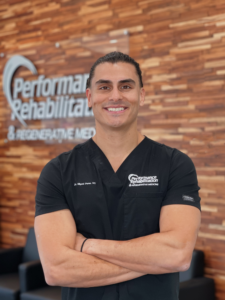What is Spinal Stenosis?
Spinal stenosis is a narrowing of the spaces within your spine, which can put pressure on the nerves that travel through the spine. Spinal stenosis occurs most often in the lower back and the neck. Some people with spinal stenosis may not have symptoms. Others may experience pain, tingling, numbness, and muscle weakness. Symptoms can worsen over time. Spinal stenosis is most commonly caused by wear-and-tear changes in the spine related to osteoarthritis. In severe cases of spinal stenosis, doctors may recommend surgery to create additional space for the spinal cord or nerves.
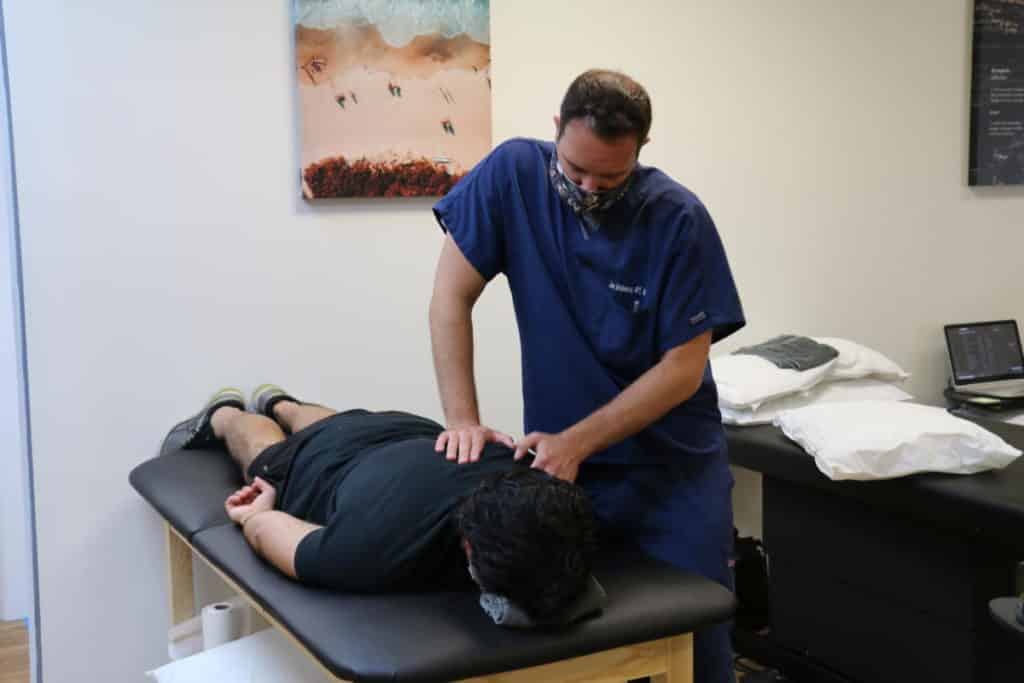
Symptoms of Spinal Stenosis
- Back Pain: Localized pain in the lower back at the site of vertebral slippage
- Sciatica: Warm, piercing pain that radiates from the sciatic nerve in the lumbar spine and down through the buttocks, posterior thigh, calves, and/or feet
- Radiculopathy: White-hot, electric pain that erupts from the site of nerve compression in the cervical spine (neck) and diffuses through the shoulders, arms, hands, and/or fingers
- Tingling: Numbness or prickling in the upper or lower limbs
- Stiff Hamstrings: Increased tightness in the hamstrings or gradual weakening of the leg muscles
- Activity-Related Pain: Pain that worsens while standing or with exertion
- Swayback: Development of swayback (or lordosis) that may interfere with your gait or render walking extremely painful
- Emergency Symptoms: Seek immediate medical attention if your spondylolisthesis symptoms include: sudden, crippling pain, difficulty controlling your bowel or bladder, fever, or sensations of numbness in the saddle region of the buttocks or groin
Causes of Spinal Stenosis?
-
Spinal Stenosis is a common condition that typically results from something specific causing the open space in the spinal cord to become narrow or compressed. Causes of spinal stenosis may include:
- Herniated discs. The cushioning between your vertebrae tend to dry out with age. As they do, cracks begin to form allowing some of the soft cushioning to escape and put pressure on the spine or the nerves surrounding the area.
- Bone Overgrowth. Degenerative damage from osteoarthritis of the spine can form bone spurs, which can expand into the spinal canal. Also, conditions such as Paget’s disease can cause bone overgrowth in the spine.
- Ligament thickening. Strong ligaments provide support for the bones in your spine These ligaments tend to become stiff and thicken over time, sometimes bulging into the spinal canal.
- Tumors. Tumors can form inside or around the spinal cord causing pressure on the spine or its surrounding nerves. While these are very uncommon, they are identifiable and ruled out with an MRI.
- Spinal Trauma, including surgery. Dislocations or fractures of one or more vertebrae resulting from an accident cause damage the spinal canal. Additionally, swelling immediately after an accident or back surgery can also put pressure on the spinal cord or nerves.
Areas of Spinal Stenosis?
- Cervical Stenosis
In this condition, the narrowing occurs in the part of the spine in your lower back. It’s the most common form of spinal stenosis. - Lumbar Stenosis
In this condition, the narrowing occurs in the part of the spine in your lower back. It’s the most common form of spinal stenosis.
Spinal Stenosis Solutions in NJ
Here at Performance Rehabilitation, we have many options to treat your spinal stenosis, including non-surgical and surgical.
Spinal Stenosis Non-Surgical Solutions in NJ?
Spinal Stenosis Surgical Solutions in NJ?
- Lumbar Laminectomy: A lumbar laminectomy is an outpatient decompression procedure, in which your surgeon removes a tiny segment of the lamina—the backside portion of a degenerated vertebra. Extraction of the lamina allows for the decompression of pinched nerves. This procedure may be combined with a spinal fusion to reinforce the structural integrity of the lumbar spine.
- TLIF: A TLIF (Transforaminal Lumbar Discectomy with Interbody Fusion) is a minimally invasive surgical solution, in which your surgeon performs the entire procedure through a tiny tube that allows for access to the spine. During this procedure, your surgeon removes the problematic intervertebral disc and uses a bone graft to fuse together the remaining gap.
- Minimally Invasive Spinal Fusion: Severe cases of spondylolisthesis may require a spinal fusion procedure—a sophisticated surgical technique that uses a bone graft to fuse together two adjacent vertebral bodies. The minimally invasive version of this technique offers the permanent stability of a traditional fusion procedure while enhancing postoperative outcomes and minimizing unnecessary tissue destruction.
Why Choose Performance Rehabilitation & Regenerative Medicine?
Whether you are suffering from a recent or chronic (cervical, lumbar or thoracic spine) condition that is adversely affecting your ability to live life under your terms, our Back Pain Specialists can help you today. To have a consultation with one of our doctors, please contact one of our Patiet Care Coordinators at 908-754-1960.

